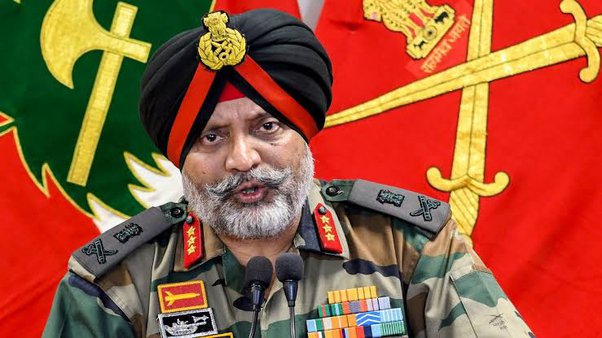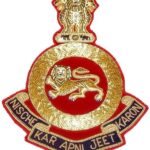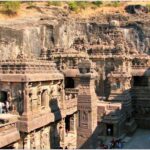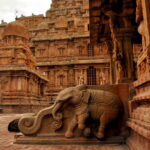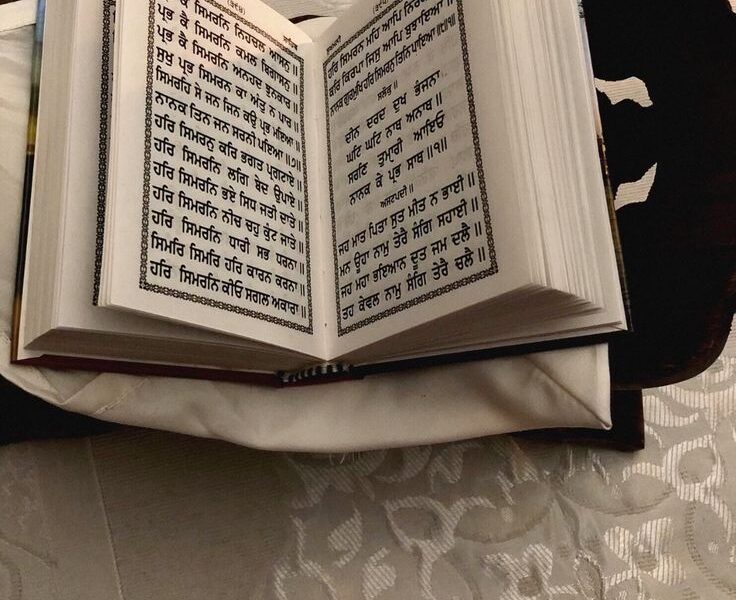I think this question is about why there are structures such as the “Sikh Regiment” and the “Sikh light infantry brigade” religiously and the “Rajput Regiment” and the “Jat Regiment” by category.
The answer is simple Rajputs and Jats were paid to kill, which they did from the time of Maurya to Delhi Sultanat to Mughal. They loved to be soldiers as most of them lived in the desert and on dry land with limited resources, they had nothing to deliver as every day in the desert their lives were hard. The war was not difficult for them if they got the right benefit. Raja Maan singh of Rajputs was a paid man who plundered the newly occupied Indian lands and then transferred the land to the mughals to collect taxes.
According to an agreement between the Rajputs and the Mughals, the Rajput army was the first to attack any area where the Mughals sent them to exterminate the rebels. Similarly, the Jats are also used by the emperors as paid mercenaries for their military adventures.That is why the Rajputs and jats are combatant and have their own Rules.
The recruitment of Sikhs from the Indian army began in the late 1840s from the eastern side of the Sutlej River from the Sikh provinces. After the destruction of the Punjab, Sikh military recruits also began on the western side of the Punjab. First, the Sikhs were chosen as they were a minority in India and could suppress both the Muslim and Hindu sects without any religious problem or remorse. Second, the land of the Punjab was very fertile and had good food supplies, leading to the wide and tall men of the Punjab. Because of their body structure they were worthy soldiers. Thirdly, the Sikh empire was trained by European warlords with many military tactics, it was easier to use well-trained soldiers from the Sikh empire than to recruit new troops. Finally, Punjab was the Gateway of India and a battlefield for thousands of years, every invader began to attack the punjab to invade India, this made Punjabi as tough and brave as we had to fight all the invaders. That is why the Sikhs and Punjabi had a military status during the British era and had their own distinct divisions. History of the divisions based on the ranks of the Indian Army: Recruitment to the Indian Army was based on the division and the region and dates back to the British colonial period.
Caste-based army in the Indian Army
In the 2019 Lok Sabha Elections, the Samajwadi Party in its election manifesto promised to build a caste-based Ahir Infantry Regiment, if it came to power. Also, the Bim Chief of Army Staff, Chandrashekhar Azad, demanded the return of the Chamar army formed during World War II.
A sectarian-based army was not only a political agenda but the National Organized Cates Commission also supported the move. The commission wrote to the then Defense Minister, Manohar Parrikar, to repatriate the Chamar army.
History of the Caste-based regiment
After the 1857 Sepoy mutiny, the caste and regional army were formed by the British Government in the Indian Army to distinguish between the warring and non-military races. The Jonathan Peel Commission was tasked with identifying community groups and districts to gather loyal troops. As the uprising erupted in parts of Eastern and Southern India, the British government did not recruit them and relocated to a recruiting center in North India. However, independent India has developed caste and regional-based regions due to their history and ethos.
In 1903, a 1st and 3rd (Gaur) Brahman Infantry was formed that disintegrated after World War I. A second militant unit, the ‘Chamar army’, was formed during World War II and was established. disbanded in December 1946. In 1941, the first Lingayat army was formed, which first served as a unit for the infantry and became a battalion against tanks. The army disbanded in the late 1940s.
Fighting Class: The British government has divided the brave and well-organized people under this category to fight. The North Indians were favored by the British.
Non-military class: This class was believed to be unfit to fight against the British Government. The Bengals were divided by the British as non-combatants because of the 1857 uprising. Also, the Bengals led the ethnic movement in India in the early years.
It can be said that race-based and ethnic-based recruits were intended to divide Indian colonial society and prevent future rebellions.
Caste-based regiments in India
1. The Punjab army
2. The Madras army
3. Maratha Light Infantry
4. Rajputana Rifles
5. Rajput Regiment
6. Jat Regiment
7. Sikh army
8. Sikh Light Infantry
9. Dogra Regiment
10. Garhwal Rifles
11. Kumaon army
12. The Assam Army
13. Bihar Army
14. Jammu & Kashmir Rifles
15. Jammu & Kashmir Light Infantry
16. The Naga Army
17. 1 Gorkha Guns
18. 3 Gorkha Rifles
19. 4 Gorkha Guns
20. 5 Gorkha Guns
21. 8 Gorkha Guns
22. 9 Gorkha Guns
23. 11 Gorkha Guns
24. Ladakh Scouts
25. Arunachal Scouts
26. Sikkim Scouts
Presidential guard
The Presidential Guard of India is a small unit with about 150 soldiers elected into three divisions – Hindu Jaat, Jat Sikh, and Rajput. The Presidential Guard was founded in 1773 by then-Emperor Warren Hastings under various headings– The Governor General’s Bodyguard (GGBG) ‘in 1784,’ The Viceroy’s Bodyguard ‘in 1858,’ 44th Divisional Reconnaissance Squadron4G4G4GB.
The Indian Army has indicated in the Supreme Court that the recruitment of these three groups is based on operational requirements and is not based on class and religion. It also said that the ceremonial activities at Rashtrapati Bhawan require the same height, construction, and appearance.
The Presidential Guard must be at least six feet tall. These are – professional horse riders, experienced punctilious, trained paratrooper fighters, armored crews, and traders. The position of the Presidential Guard is a major part of the military.
Are all Indian Army soldiers supported in stages?
No, not all Indian military forces are supported by the ranks. For example, Rajputana Rifles has an equal number of Rajputs and Jats. Similarly, the Rajput army consists of Rajputs, Gurjars, and Muslims. In addition to this, support and technical arms are not based on caste.
A class-based system brings a sense of class dominance before national unity. It is an old belief that it measures the courage of actors or society and is not done in Independent India.
